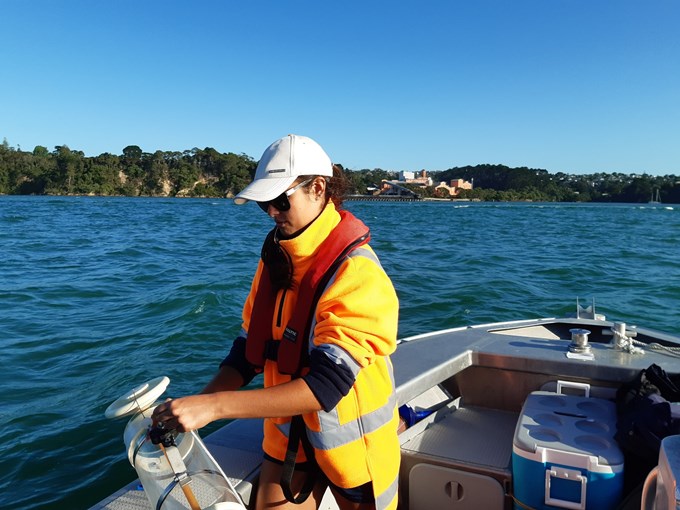Auckland’s stunning natural environment is huge part of what makes living in our region so enjoyable and scientific monitoring is critical to looking after our beaches, forests, birds, harbours, islands, and atmosphere.
Today, the council released the latest State of the Environment Report, which draws on data from 11 technical reports to provide an environmental health check of the region's air, land and water.
Auckland Council’s Dr Megan Carbines, RIMU Principal Scientist, says the findings are similar to the last synthesis report in 2015 and continue to show mixed results – along with a few promising signs.
“We are seeing some small improvements and these show that in the places we concentrate our efforts, we’re seeing results for our natural environment.
“Air quality is generally good and improving, there has been some minor improvements in water quality in some places and our pest free islands and parks are safe havens for native birds and plants.
“But there's more work to do and the challenges for the natural environment in Tāmaki Makaurau remain large, with continued population growth and the impacts of climate change adding extra pressure,” she explains.

The last State of the Environment report showed ongoing environmental decline due to population increases, expanding and changing land use and climate change. These issues continue to underpin the current report.
“We are aware of the scale of the challenge,” says Councillor Richard Hills, Environment and Climate Change Committee Chair.
“It’s going to take ongoing commitment from all of us to restore our whenua, improve air quality, and clean up our beaches, rivers and streams.
“But the small improvements we’re seeing in indicators like the number of native birds and plants that are thriving on our predator-free islands and in managed areas, along with the increased awareness and advocacy from our communities, provide hope for better outcomes in the future.
“The challenge ahead is in figuring out how we grow these efforts, and at pace, so we can continue to protect and care for the natural environment that makes our city so special.”
The main changes the council has made since the last synthesis report in 2015 include introducing targeted rates to support more focused conservation and rehabilitation work, as well as setting policy frameworks for action:
- The Water Quality Targeted Rate and Natural Environment Targeted Rate were introduced in 2018;
- Te Tāruke-ā-Tāwhiri: Auckland's Climate Plan was finalised in 2020;
- the Auckland Plan has been refreshed and the Auckland Unitary Plan has been made operative, both setting direction for how the council plans for and considers environmental outcomes.
“The introduction of the Water Quality Targeted Rate and the Natural Environment Targeted rate has boosted our on-the-ground efforts to protect and restore ecosystems,” adds Councillor Hills.
“These work programmes have also provided the council with an opportunity to think about things differently and engage communities to work together across the region – we want to do more of this.
“We will continue this work with our mana whenua partners, communities, government and the private sector, so that future generations can inherit a Tāmaki Makaurau they can be proud of.”


